
That’s some impressive progress! I’m sorry I didn’t catch this update before now.
This makes me think it should be possible to use an arduino due (which has a proper DAC) to send a custom calibration when the scanner expects it. It might even be feasible to add a transistor to the ground path of the LED, let it do the calibration, and disable during scanning. Could maybe produce some nice results!
These days I’m busy with another project, but you’re doing some very cool research!

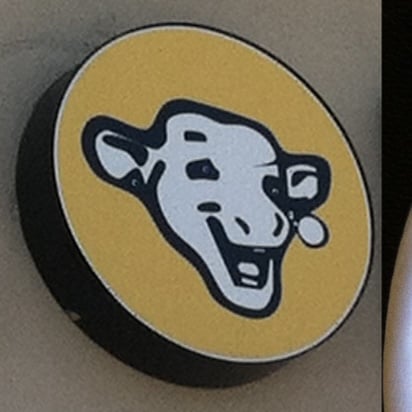


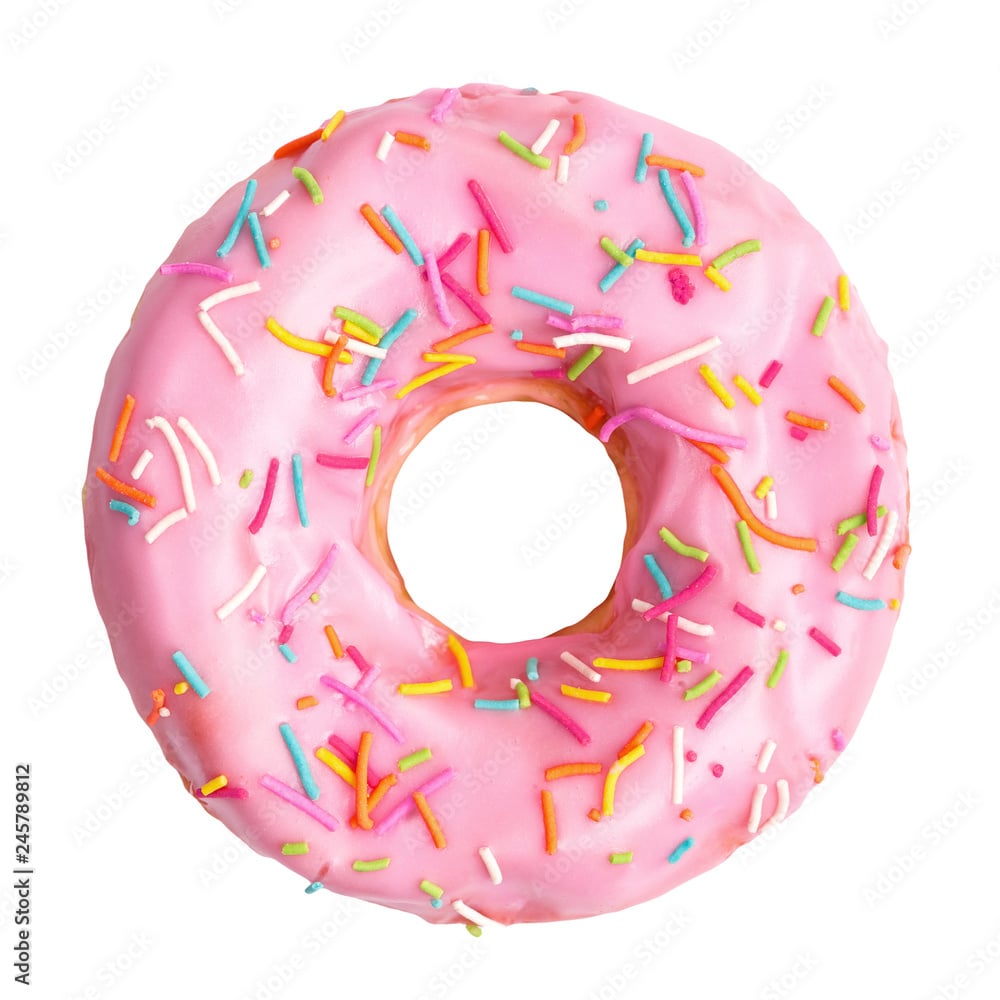

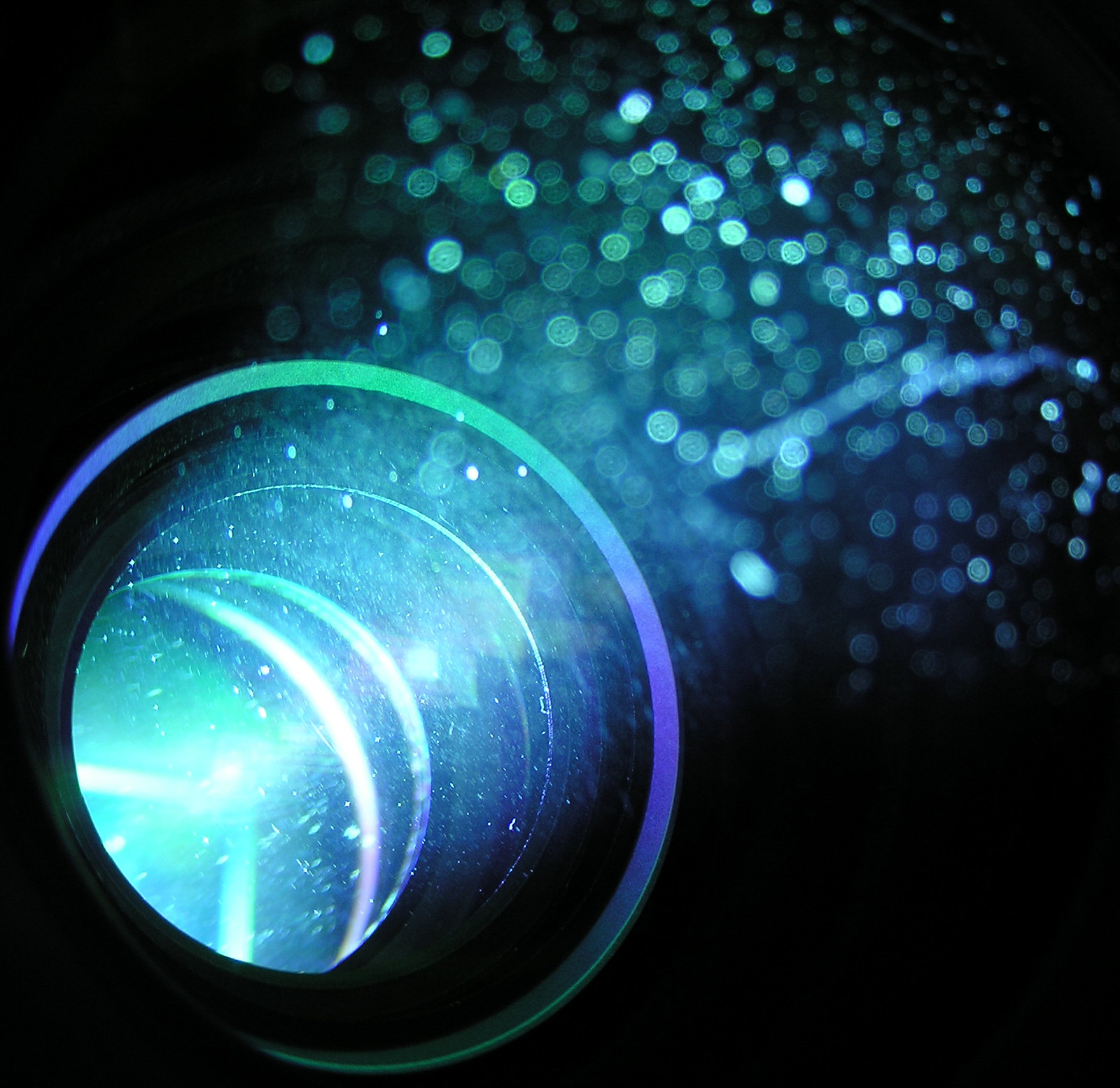
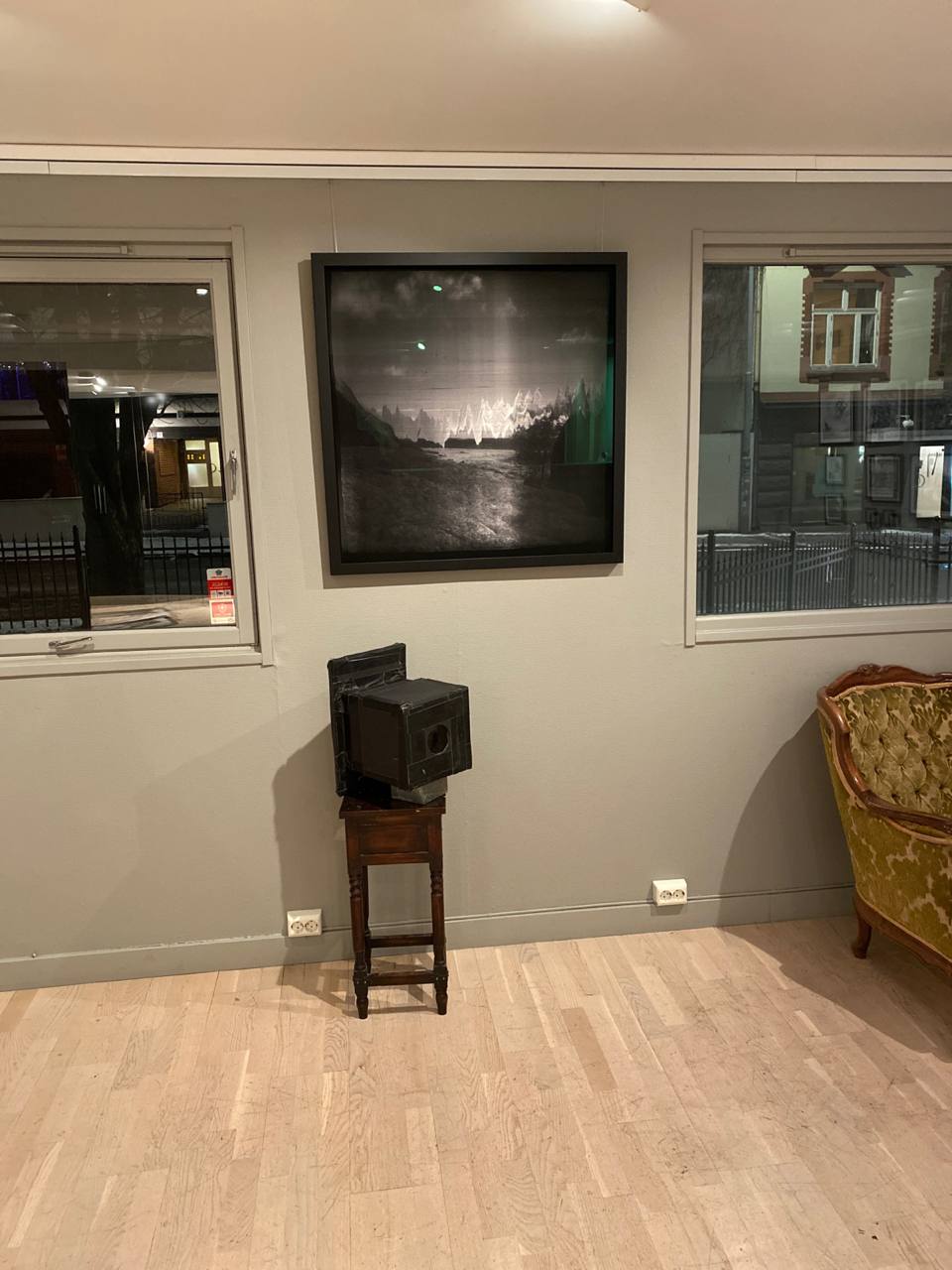

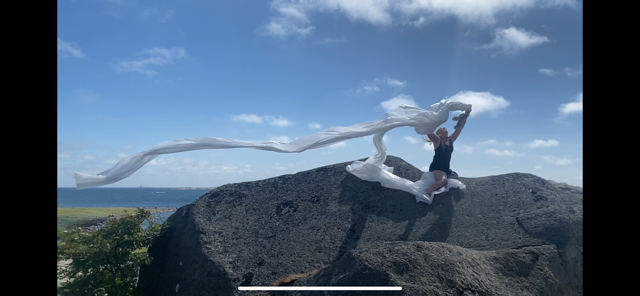
Since we’re being sticklers here, the correct term would be Anthropogenic, as in comes from humans, anthropomorphic would be global climate change with human appearance or qualities.